Reverend George Pearse (1793-1882). Vicar of St Mary the Virgin, Martham.
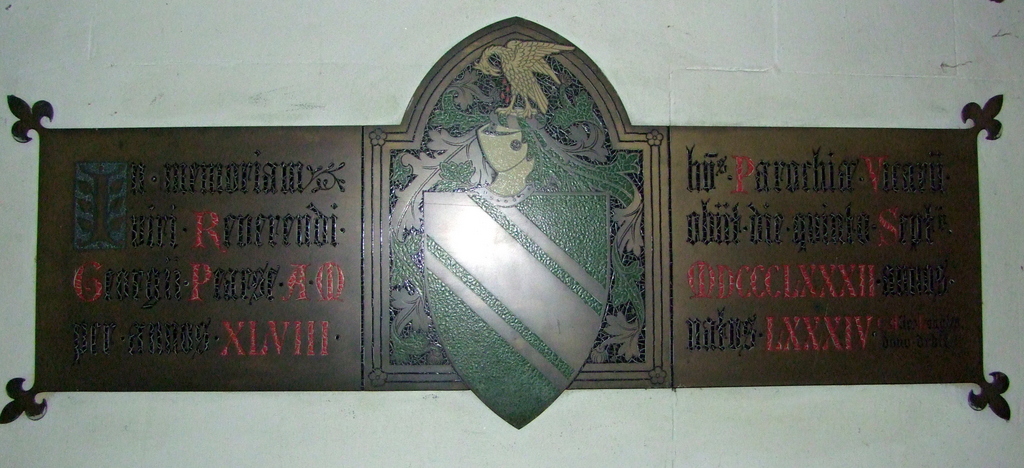
George Pearse was born on 11th December 1793 at Carlton Colville, Suffolk. His parents were Charles Pearse & Mary Wiseman and he was baptised at St Peter’s Church on 12th January 1794.
George was ordained as a deacon at Norwich Cathedral on 17th June 1821 after attending Caius College, Cambridge. He became a stipendiary curate at Arminghall & Stoke Holy Cross. On 22nd September 1822 he was made a priest at Norwich Cathedral. In 1831/32 he had short spells at Henley in Suffolk, St Saviour in Norwich and St Martin of Coslany, Norwich as a curate and then a vicar.
George married Laura Elizabeth Buck Matthews on 30th June 1823 at Hingham in Norfolk. They had the following children:
- Laura Elizabeth Pearse who was born in 1824 at Thorpe, Norwich. She married twice, her first marriage in 1842 being to John Gurney of the exceedingly wealthy banking family that lived at Earlham Hall. Her second marriage was William Ripley who was a vicar. She died in 1899.
- Jessie Pearse who was born in 1826 and married Captain Richard Roger Western of Thorpe. She died in 1901 in Bath, Somerset.
- Catherine Alice Pearse who was born in about 1827 at Thorpe. Her first marriage was to the Reverend Jonathan Dawson of Rollesby Hall in 1848 which took place at St Mary in the Marsh, Norwich. He died in 1855 leaving her a very wealthy widow and she paid for the extensive restoration of St Mary’s, Martham including a new roof, chancel and windows as well as an elaborate memorial to him in the chancel. Her second marriage was to George Longley on 19th April 1865 at Lambeth Palace Chapel, London. She died on 10th October 1916 at 9 Berkley Square, Hanover, London aged 89.
- Clara Maria Pearse who was born at Trowse, Norwich on 10th December 1830 and married the Reverend John Maurice Dorset Owen at St Mary’s, Martham on 30th August 1855 when her father officiated. She died on 5th March 1903 and had previously lived in Bath where she had named her house ‘Moregrove’ possibly after the Moregrove at Martham.
- Thomas George Pearse who was born on 18th September 1838 at Trowse, Norwich. He attended Caius College, Cambridge to train as a priest and became a deacon in 1862 and and was ordained a priest in 1864 by the Bishop of Exeter. He served as assistant curate at Menheniot, Cornwall in 1865, then came to Martham in 1866 to assist his father. He went to the USA where he converted to become a Roman Catholic and married Helena Dorothea Sophia Holster in 1868 in New York, so he may have given up the priesthood. He seems to have travelled a great deal and had returned to Great Britain by 1881 and was living as a boarder in the Channel Islands. He also lived in Canada before returning to England before 1891. The date and place of death are unknown.
- Blanche Edith Pearse was born in 1838 at The Close, Norwich. She married Thomas Neale Fonnereau on 21st May 1861 at St Mary the Virgin, Martham and her brother-in-law Rev. John Owen officiated. Thomas Fonnereau came from a family steeped in the church on his father’s side whilst his mother was a Cobbold of the brewing giants.
On 2nd December 1834 George was appointed as the vicar of St Mary’s in Martham but carried out almost no duties there until about 1850. His curates, Thomas Corbould and William Hull plus the visiting vicar of Somerton, Thomas White Holmes officiated at almost all the baptisms, marriages and burials at St Mary’s between 1834 and 1850. Indeed in 1841 the census tells us that George, his wife and five of their children were living at St Mary in the Marsh, Norwich where he was a minor canon at the same time as being the vicar at Martham. (St Mary in the Marsh was right in the heart of the medieval city. In fact, it was in the Cathedral Close, a city within a city, walled off from the rest and entered by guarded gates. It was the parish church for the Cathedral Close and was situated in the lower close, towards the river). The vicarage at Martham became the family home as shown in nearly every census return from 1851 about 1876.
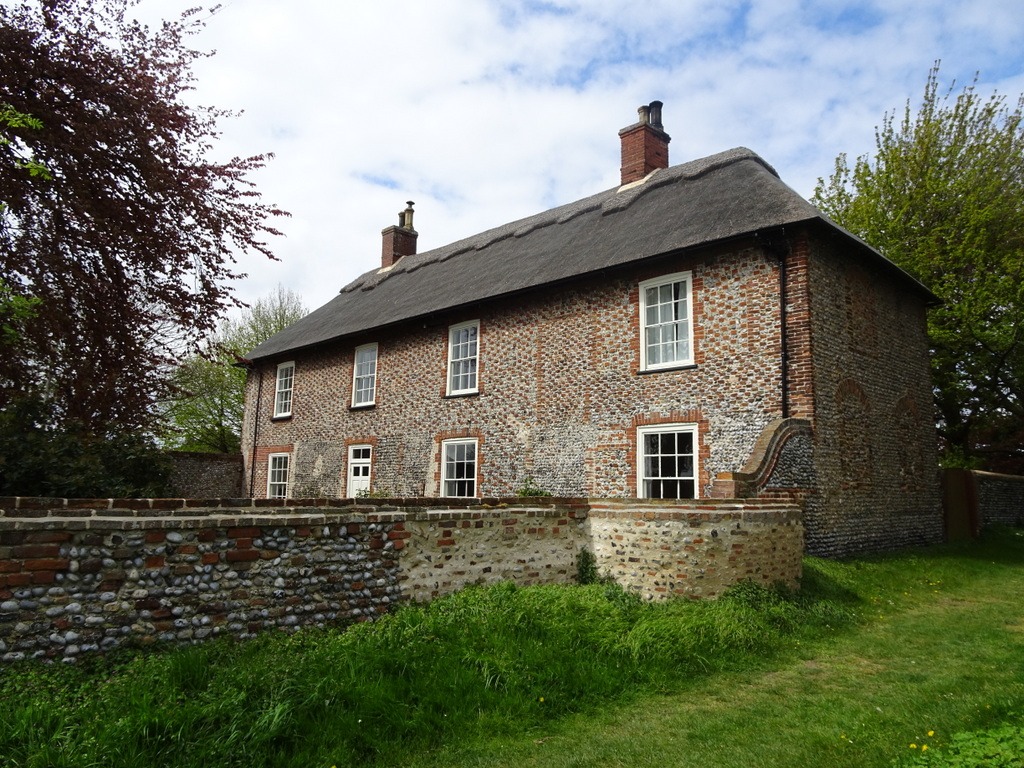
George came from a well-off family that had lived at Carlton Colville for several generations and in 1803 his father purchased the manor there and a share of the tithes of Carlton Colville from Richard Mills for £9,334. 13s. 4d. The British History On-line says that George possessed the Manor there from his father in 1846. Another relative, possibly George’s brother Charles, also gave a small endowment towards the cost of providing the first school at Carlton Colville in 1843. These events may have influenced George because in 1853 he bought Moregrove Manor and Clarkes Farm in Martham from William Henry Garnham for £10,900. This was purely an investment but technically he became the Lord of the Manor of Moregrove. George never farmed the estates or lived in either property which were let to tenants right up to his death. You can read more about the background to the ownership of Moregrove by clicking HERE. It is interesting to note that George’s daughter Clara named her home in Bath after Moregrove.
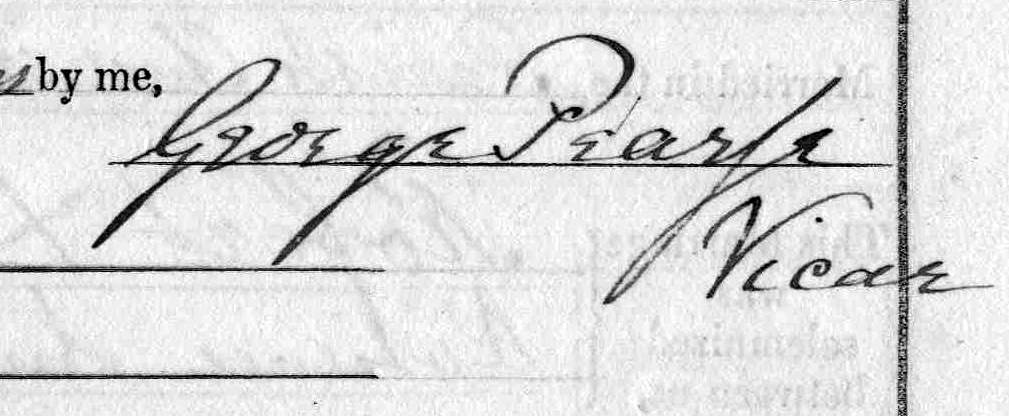
Martham village historian Ann Meakin tells me that documents held by the Norfolk Records Office show that in about 1851 the Norwich Diocese wanted Martham to have a new school and asked Rev. Pearse to see how much of the £100 needed could be raised for it by public subscription. So, a list was circulated and money raised but it was not sufficient so the Norwich Diocese financed the deficit. His help may have resulted in the building becoming known as the ‘Vicar’s School’ built in the north east corner of the churchyard. The building is what we now know of as the Church Hall and has since become a garage and store at the new Vicarage on School Road. Back in the mid 19th century it is evident that demand for education was increasing in the village but to have a new school built well before 1870 when compulsory education between the ages of five and ten was introduced is a credit to George and the village.
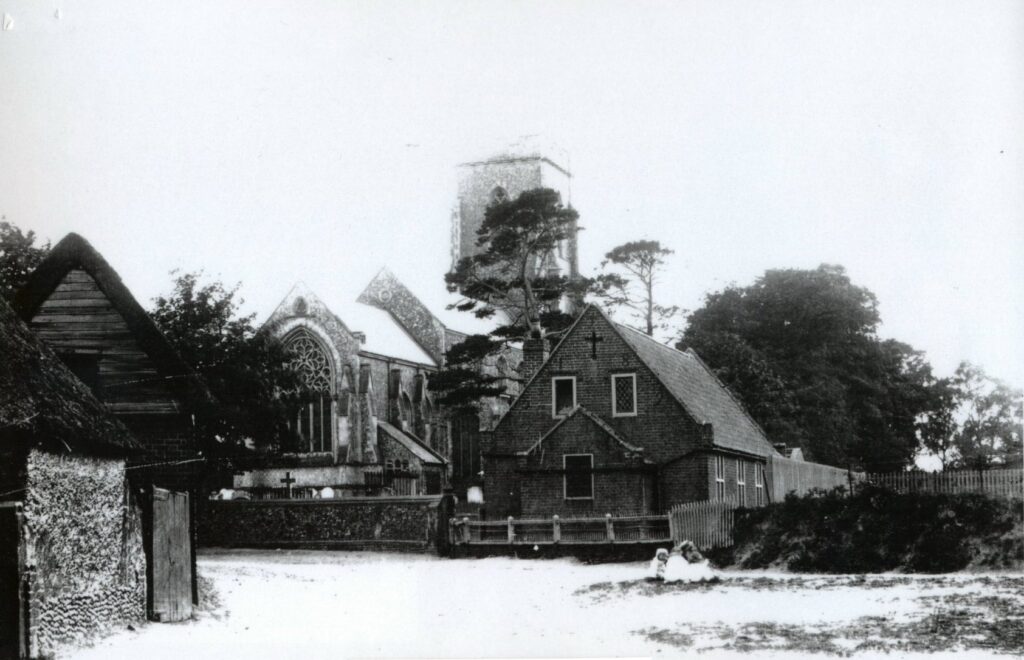
His time at Martham saw tremendous changes. The fabric of St Mary’s was in poor condition when he arrived but fortuitously the money his daughter inherited provided a large restoration fund. He lived through the reigns of four monarchs; the smallpox epidemic in Martham in 1871; Victorian Britain; the 1812 Inclosure controversies; the 1842 Tithe Awards; the building of the first Baptist Church within a few hundred yards of St Mary’s; the arrival of the railway in Martham and at the very end of his life the building of the Methodist Church in Repps Road.
Towards the end of his life he was suffering from ill health and was pleased to have the help of David Hinderer, as a curate at Martham, and his wife Anna.. See Anna Hinderer, The Pioneer Missionary.
By the spring of 1881 it is believed he was suffering from senile dementia and he was living with his daughter, Clara, at 126 Accrington Road, Habergham Eaves, Burnley where her husband, John Owen, was the vicar. He died there on 5th September 1882. Laura, his wife, had died in Martham in 1869. There were both buried in the same plot at St Mary the Virgin at section F, plot B12 but sadly they have no gravestone; there is only a gap there between other graves. It is quite a surprise given his wealth that he did not provide a headstone for his wife or himself and that his family did not pay for one either. There are, however, two memorials inside the church. One is shown above and the other is here.
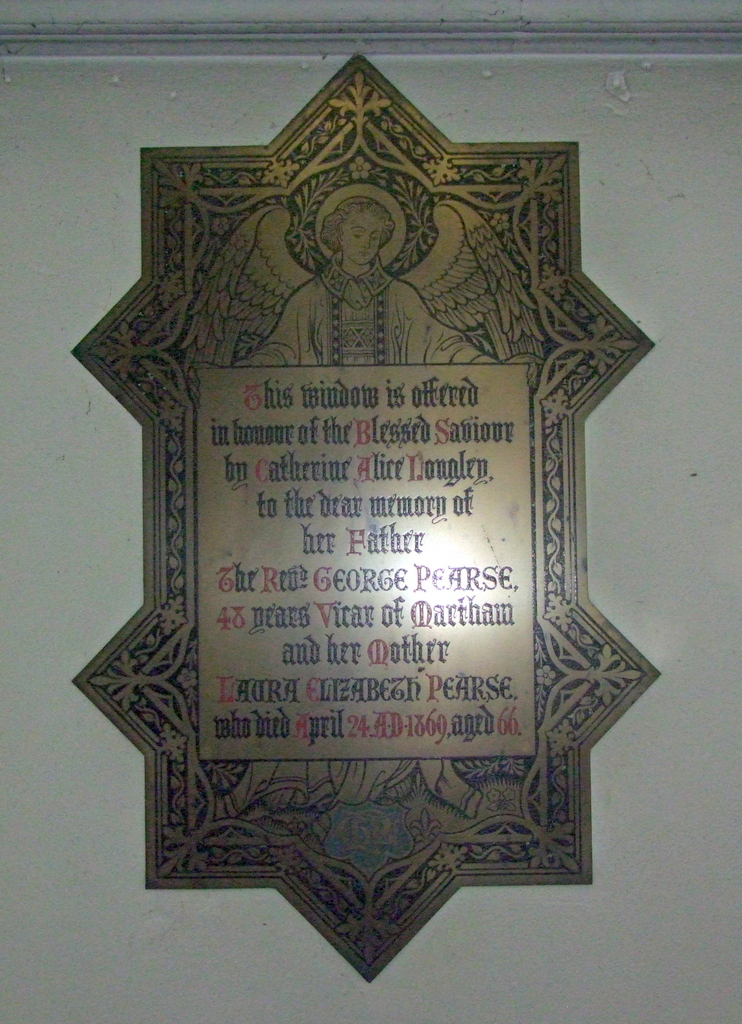
Sources: Appointment information courtesy of the: Clergy of the Church of England Database at https://theclergydatabase.org.uk
Also thanks to Martham village historian Ann Meakin.